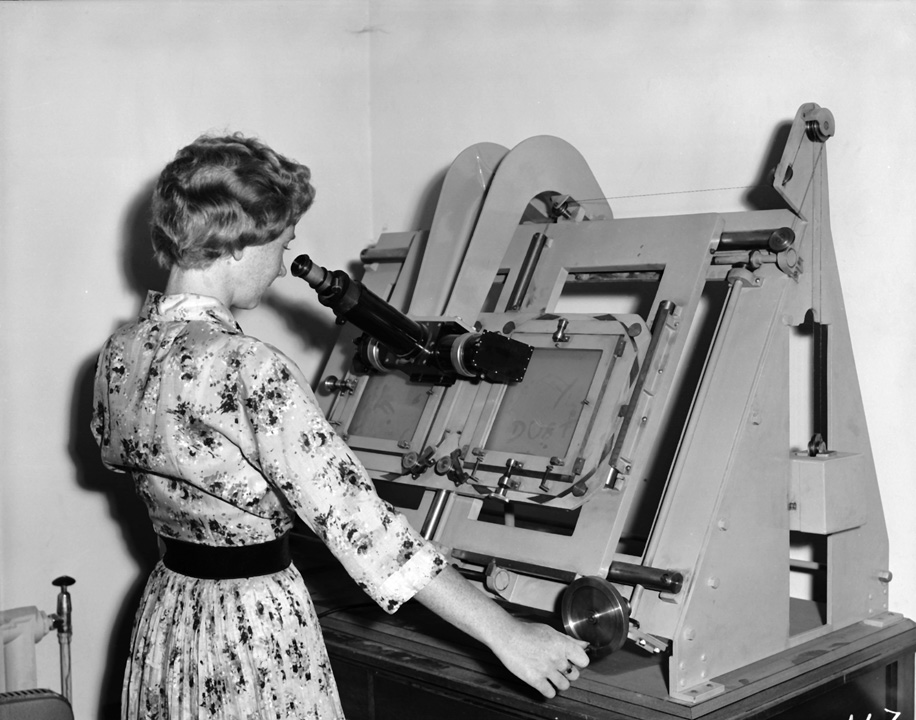Have you ever seen a picture of a comet or asteroid in the sky against a background of stars? Here let me show you.

Can you spot the asteroid? Okay I confess there is no asteroid in the image above, but if there was you’d believe me because an asteroid in this image would be indistinguishable from the stars. They are all points of light, so how can you tell them apart? There’s something that separates asteroids, comets, planets, and all other solar system objects from background stars in an image.
When you’re driving in a car and you look to the side of the road, trees off in the distance don’t seem to move very much, they pass your field of view slowly. A tree close to the edge of the road zips by, even though technically you’re passing both trees at the same speed. The difference is how quickly the angle between you and the object is changing.
It’s the same with objects in the universe. Closer solar system objects will appear to move across an image faster than the background stars, which are much further away. So far away in fact, that it can take years to notice any movement of stars. So a new planet or asteroid within the solar system, clearly much closer than a distant star, will appear to move against the background of stars, if given enough time.
For most solar system objects, the time needed to notice some relative motion is a few days. So let’s say we take two pictures of our star field above, and compare them, not knowing if we will find a new asteroid. Look at one photo, then the other, and try to figure out if any one of the hundreds of dots has shifted. Then do it thousands of times to search the whole sky. This just isn’t realistic, without driving hundreds of astronomers crazy (well crazier).
The solution is to look for changes by quickly switching between the photos without the astronomer having to move their eyes. For decades, astronomers did this with a tool called a blink comparator.

By illuminating each image, one at a time, and using mirrors to overlap the images in the view scope, an astronomer could blink between the two, easily noting any objects that changed position. In fact, this is how Pluto was discovered in 1930. Here’s the images that led Clyde Tombaugh to his famous discovery.

It’s right smack in the middle. Don’t be fooled by some other smudges or imaging artifacts. Today, it’s a lot easier to quickly switch between images taken a few days apart. Even though our technology is better, allowing us to see fainter objects that are further away, new asteroids and comets, and even potential planets are discovered this way. Really a blink comparator gives you the power to look at the universe over time, so anything that changes over a period of time can be quickly studied. A good example is a variable star, which can change brightness over the course of several days. Of course, the problem with that is that you need similar observing conditions when you take the photos, but that’s another story.

One thought on “Don’t Blink or You’ll Miss it”